Peering Through White-Rimmed Glasses: A Letter to My Fellow White Americans
Share
Breaking News!
Today's news and culture by Black and other reporters in the Black and mainstream media.
Ways to Support ABHM?
Scholar-Griot: Fran Kaplan, EdD
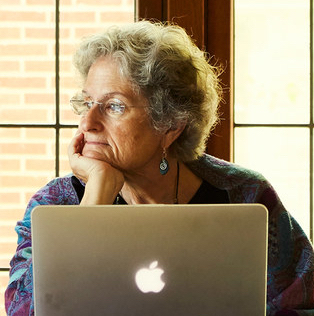
Dr. Fran Kaplan, a life-long anti-racism educator and activist, currently serves as a coordinator of America's Black Holocaust Virtual Museum.
My Dear Fellow White Americans,
Thanks for clicking on this exhibit. As a white person engaged for over fifty years in working towards liberty and justice for all, I’m relieved that white Americans are increasingly eager to understand America’s racial hierarchy and our part in it. Our 2016 presidential election has stimulated even more questions and concern.
Before I share my thoughts, though, I ask that you take a short quiz:
A) What percentage of the social network of white Americans is made up of white people?
- 18%
- 56%
- 91%
B) What percentage of us white folks admire black folks?
- 5%
- 56%
- 73%
C) Deeply held cultural habits and traditions seldom change. True / False
D) Cultural change occurs as a result of:
- New technologies
- Contact with another culture
- Changes in the environment (social, legal, or natural)
- New knowledge and perceptions
- All of the above.
To view the correct answers, put your cursor here . I’ll support the answers to these questions by briefly reviewing information and analyses from some recent studies and provide links so that you can examine these for yourself.
What is the White Racial Frame?
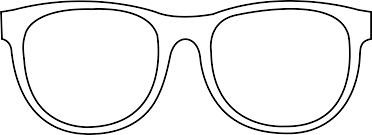 Over our lifetimes, we humans develop a frame of reference – a particular way of seeing the world. Our habits of seeing are based on the cultural norms we learn at our parents’ knees, at school and work, from the media, and in the social circles where we spend the most time. Our personal frames shape how we behave, but they tend to operate outside of our awareness, without our having to think about them.
Over our lifetimes, we humans develop a frame of reference – a particular way of seeing the world. Our habits of seeing are based on the cultural norms we learn at our parents’ knees, at school and work, from the media, and in the social circles where we spend the most time. Our personal frames shape how we behave, but they tend to operate outside of our awareness, without our having to think about them.
Sociologist Joe Feagin explains the continuing persistence of anti-black bias and discrimination in the US as the result of a “White Racial Frame.” This frame of reference developed, beginning in the early 1600s, as European settlers justified their use of enslaved Africans as free labor and their stealing of land from the Native Americans to build a prosperous new country. The White Racial Frame became firmly embedded in white American culture during our nearly 250 years of slavery and the 100 years of brutal Jim Crow segregation and violence that followed it.
Consider what it means that sixteen generations of white children have grown up absorbing pro-white/anti-black habits of thought and action, and sixteen generations of black children have grown up struggling to overcome various degrees of subjugation and deprivation.
How Did We Get to “Us vs. Those People”?

This greeting card is considered "collectable" and is being sold online, along with other Jim Crow images, today.
Our White Racial Frame has two major parts: it is for white people and against non-white “others.” White people looking through that frame generally believe those like themselves are more intelligent, harder working, more capable, organized, compassionate, cleaner, and well-spoken. Those “others” — especially blacks — are believed to be lazy, ignorant, poor thinkers, less feeling, chaotic, aggressive, dangerous, dirty, inarticulate. In the White Racial Frame, “white” is the norm, the gold standard to which “black” beauty, intelligence, effort, virtue, etc. can never truly rise.
This cultural frame is reinforced by our country’s extreme racial separation. African Americans make up less than 13% of the US population. Due to social conditions and public policies, a substantial majority of blacks live in just fifteen of the fifty states. In most of those places, blacks and whites have historically lived in segregated neighborhoods — and still do today. White Americans’ social networks are almost entirely (91%) white. Therefore, we rarely experience significant exposure to frames of reference beyond our White Racial Frame. Because the vast majority of us whites talk only to other whites, we are poorly informed about the racial discrimination and difficult life conditions that African Americans face today. In a recent survey white respondents were asked if they “often have sympathy for blacks” and if they “often feel admiration for blacks.” Only 5 percent of whites said yes to both questions.
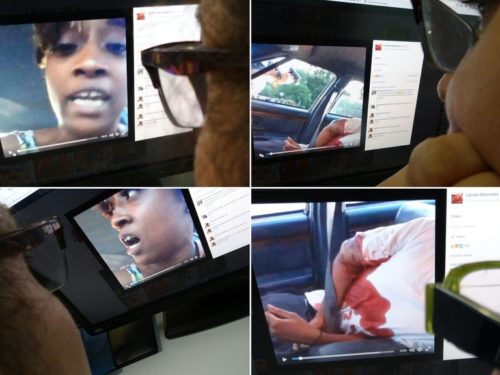
A combination of images show the dying moments of Philando Castile, a black man shot by Minnesota police after he was pulled over while driving. Mr. Castile’s girlfriend broadcast the scene on her Facebook page. Credit Agence France-Presse — Getty Images
Do We See What We Look At?
Black and white Americans tend to live in very different realities and therefore view the country from different perspectives. To survive through centuries of subjugation, black people have always needed to be aware of how white people see things. We white people, as the dominant majority, have not felt the same need to attend to black people’s views. With the recent introduction of camera phones and streaming social media, we are now privy to some of the anti-black violence that African Americans have experienced for years. Unfortunately, for some of us, our cultural frames of reference can be so strongly embedded that we are more likely to see what we already believe than to believe what we are actually seeing. Fortunately, that’s not true for all of us.

Here's a quick look at the different realities black and white Americans experience.
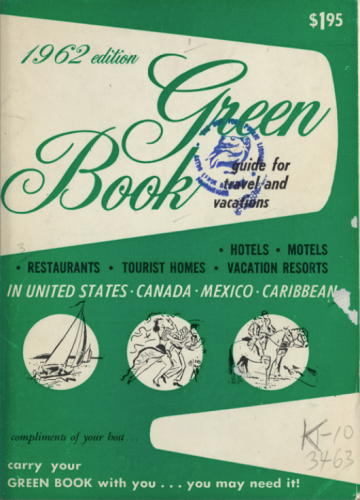
The Negro Motorist Green Book was an annual guidebook for African Americans, published in the United States from 1936 to 1966.
•
Black travelers faced a variety of dangers and inconveniences, such as white-owned businesses refusing to serve them or repair their vehicles, being refused accommodation or food by white-owned hotels, and threats of physical violence and forcible expulsion from whites-only "sundown towns".
•
New York mailman and travel agent Victor H. Green published The Green Book "to give the Negro traveler information that will keep him from running into difficulties, embarrassments and to make his trip more enjoyable."
What’s Worse: A Bad Word or a Bad System?
When we do choose to examine racial problems, white Americans tend to focus most on the personal prejudice and actions of bigots (like calling someone the “N-word” or refusing care from a black nurse). It’s easier to blame an individual than to acknowledge the profound unfairness and pervasive racial inequities built into our country’s institutions. A few examples of such institutional inequities are:
- banks offering African American homebuyers only high-interest subprime mortgages, resulting in many of them losing their homes during a recession;
- lower per pupil funding for schools serving black children, resulting in poorer educational and enrichment opportunities than in schools attended by white children; and,
- employers rejecting job applicants with great resumes but “black-sounding” names like LaKeisha or Jamal in favor of applicants with less stellar resumes but names like “Maryanne” and “Peter” — or “better” zip codes.
Think about how racial slurs and racist systems would impact your life. In the end, what’s more damaging: being called insulting names or being repeatedly denied the things you need in order to provide a decent life to your family (like a job, a home, or an education)? African Americans have shown incredible resilience and forbearance in the face of all this. Still, would you choose to wake up black in America?
Personal prejudice is psychologically painful to its victims — but pervasive systemic racial inequities are absolutely devastating, life-threatening, to individuals, families, and communities.
These systemic racial inequities are inhumane and unfair to African Americans and other people of color. That would be terrible enough, but that’s not the end of it. These unfair systems poison our country’s economy and social system from within. They destroy our democracy and deform our humanity.
What Can We Do to Change Our Racial Hierarchy?
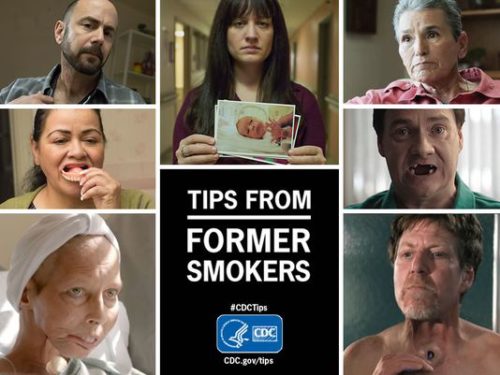
This ad campaign by the Us Centers for Disease Control proved very effective in showing Americans how life-altering smoking could be.
Cultures and their practices – even deeply embedded ones – are constantly changing, sometimes slowly, sometimes quickly. Take cigarette smoking, for example. Humans have enjoyed inhaling smoke for thousands of years. In the USA, cigarettes became very popular right after the Civil War, when they started to be mass-produced. In WWI the army considered providing cigarettes to soldiers as critical for winning the war. Smoking came to be considered healthy, sophisticated, even sexy.
Then, in the 1950s, medical research began linking smoking to cancer. Cigarette sales immediately began declining, but in 1964 the Surgeon General’s Report on smoking and health marked a turning point. Companies began worrying about the impact of employees’ smoking on the cost of their health insurance. Local governments began passing laws to protect nonsmokers by restricting smoking in public places. The federal Center for Disease Control created dramatic ads showing smoking’s dangers. New taxes on cigarettes made it more expensive to smoke. Today smoking lacks social acceptance, and the number of smokers has been very greatly reduced.
There are many white Americans who reject the dehumanizing stereotypes of black Americans and acknowledge the widespread discrimination in our institutions. Some of us have come to realize that we benefit each day from a racial hierarchy based on skin color. It is very uncomfortable for otherwise decent people to see ourselves –- and our country — in this light. But it is also very uncomfortable to live a lie.
So how can those of us who question the White Racial Frame live differently and change the racial hierarchy we inherited? I respectfully offer a few suggestions here. Others will have more to add:
- Let’s be willing to live with the discomfort of learning – and talking about – inconvenient truths. We’ll make mistakes along the way. That is how we learn and grow.
- Let’s keep educating ourselves by looking through the frames of others. How? By reading autobiographies and novels, watching films and tv shows, and tuning into media outlets by and for people of color. By really listening.
- Let’s prioritize fairness to and inclusion of others over our privilege when we make choices about where to live, work, send our children to school. When we make hiring decisions, donate money, fight to improve our schools and communities. When we vote.
Whew! does all that sound uncomfortable, scary even? Changing our minds, hearts, and — especially — behaviors may be hard work, but — consider the alternative and…
Let’s work together to make America a place where our children — all America’s children — will thrive and live in peace.
Some other steps you can take, right here and right now:
- Find out more about the White Frame and Counter-Frames by looking through our extensive annotated bibliography here.
- Learn more about the African American experience as part of American history and culture. Click on many other of the 3300+ exhibits in this online museum. Visit the Galleries to chart your course through the centuries, or check out current events as reported in the black media and others.
- Take a pledge to stand against hatred and injustice and put your name on our Freedom-Lovers' Roll Call Wall.
Finally, have a little fun and shake up your tv screening algorithm tonight by choosing a movie by an African American filmmaker.









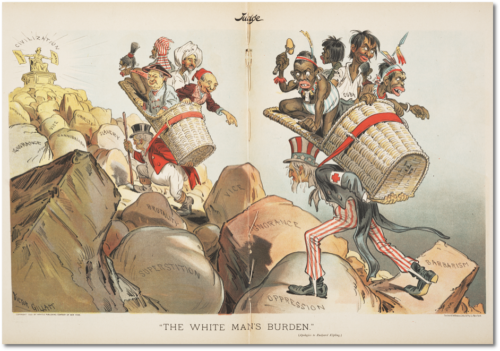

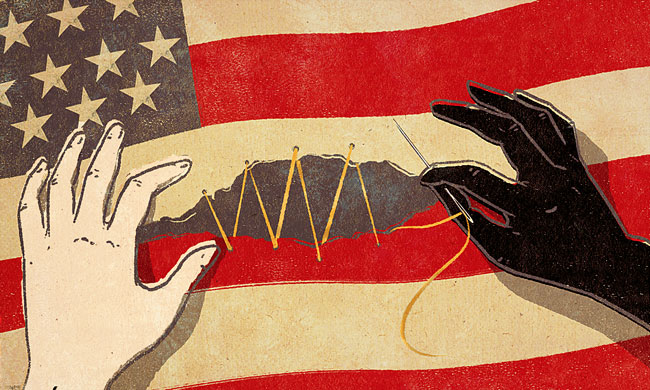


Comments Are Welcome
Note: We moderate submissions in order to create a space for meaningful dialogue, a space where museum visitors – adults and youth –– can exchange informed, thoughtful, and relevant comments that add value to our exhibits.
Racial slurs, personal attacks, obscenity, profanity, and SHOUTING do not meet the above standard. Such comments are posted in the exhibit Hateful Speech. Commercial promotions, impersonations, and incoherent comments likewise fail to meet our goals, so will not be posted. Submissions longer than 120 words will be shortened.
See our full Comments Policy here.